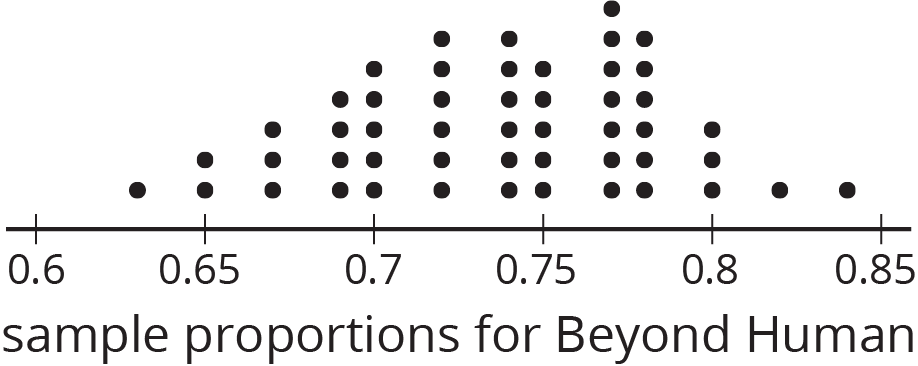16.1: Getting to School
A teacher asked all the students in one class how many minutes it takes them to get to school. Here is a table of their responses:
| row 1 | 20 | 10 | 15 | 8 | 5 | 15 | 10 | 5 | 20 | 5 | 15 | 10 |
|---|---|---|---|---|---|---|---|---|---|---|---|---|
| row 2 | 3 | 10 | 18 | 5 | 25 | 5 | 5 | 12 | 10 | 30 | 5 | 10 |
-
What fraction of the students in this class say:
- it takes them 5 minutes to get to school?
- it takes them more than 10 minutes to get to school?
-
If the whole school has 720 students, can you use this data to estimate how many of them would say that it takes them more than 10 minutes to get to school?
Be prepared to explain your reasoning.



